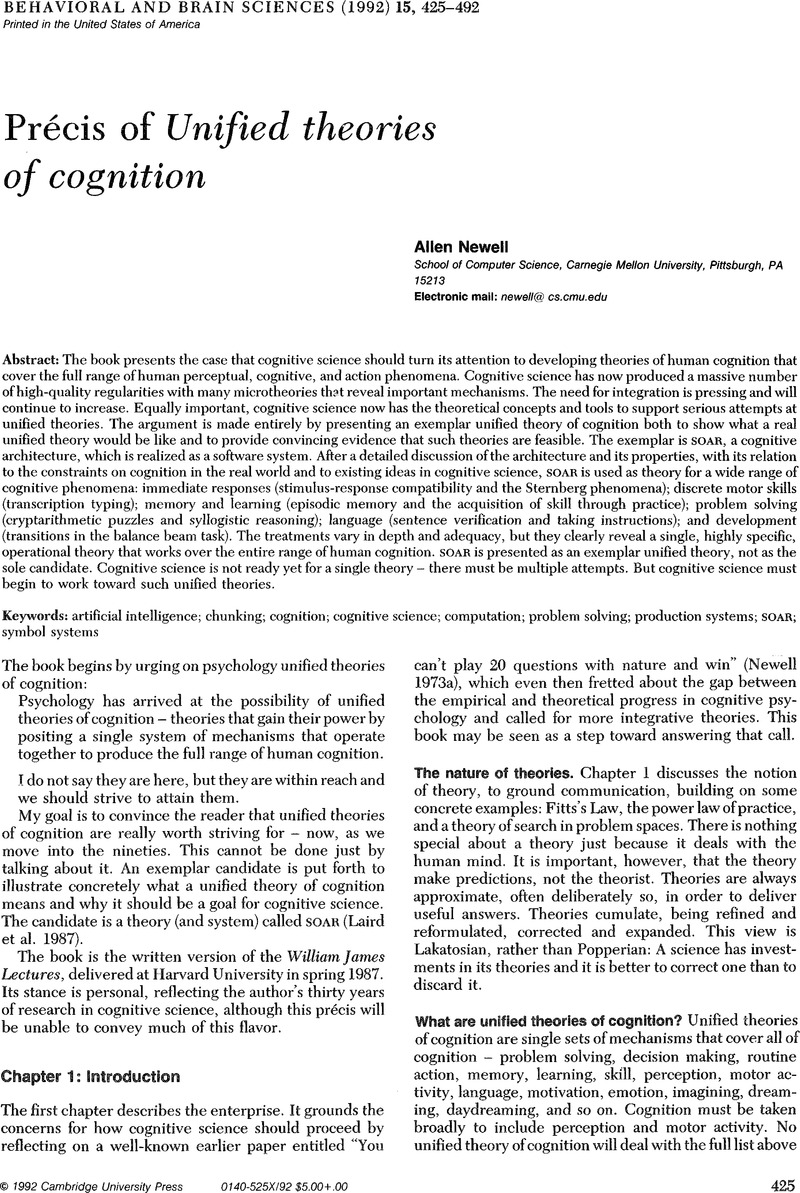Broadbent, D. (
1990) A problem looking for solutions: A feature review of
Cognitive science and its applications for human computer interaction, ed. Raymonde Guindon, and
The psychology of human computer interaction by S. K. Card, T. P. Moran & A. Newell.
Psychological Science 1(4):235–39. [SKC]
Google Scholar 